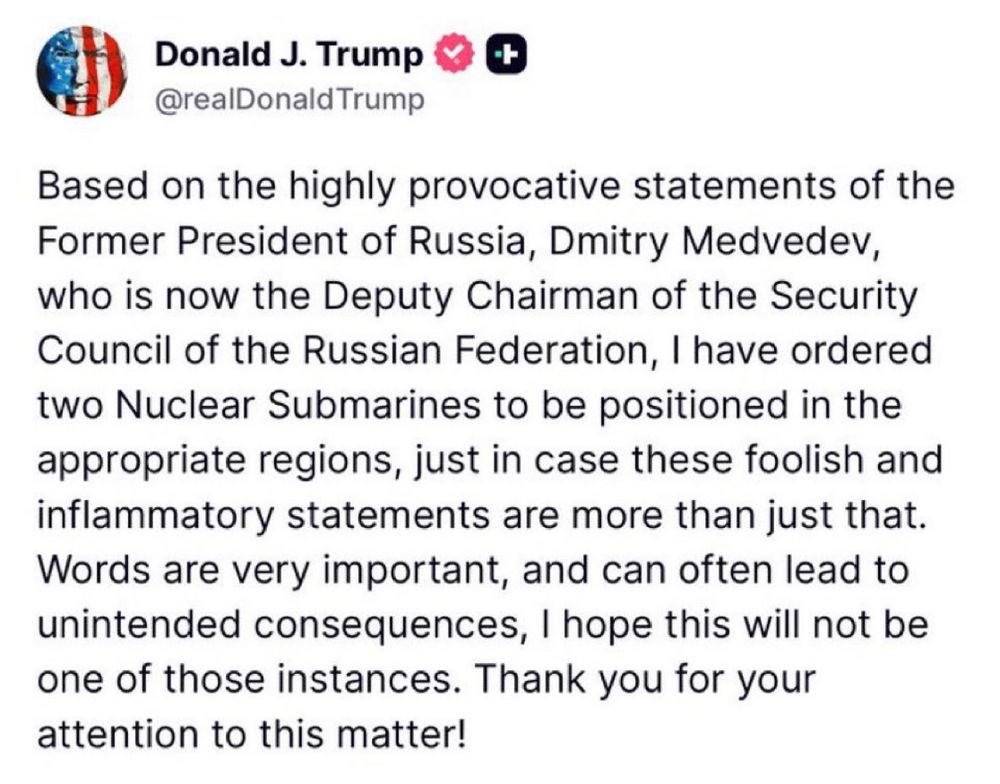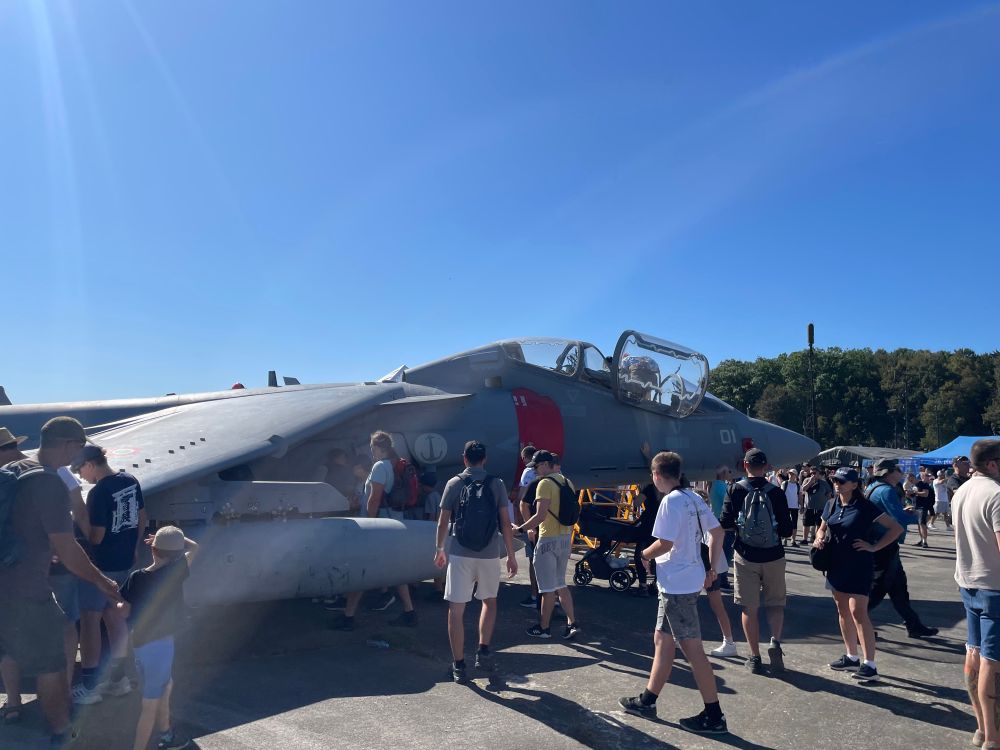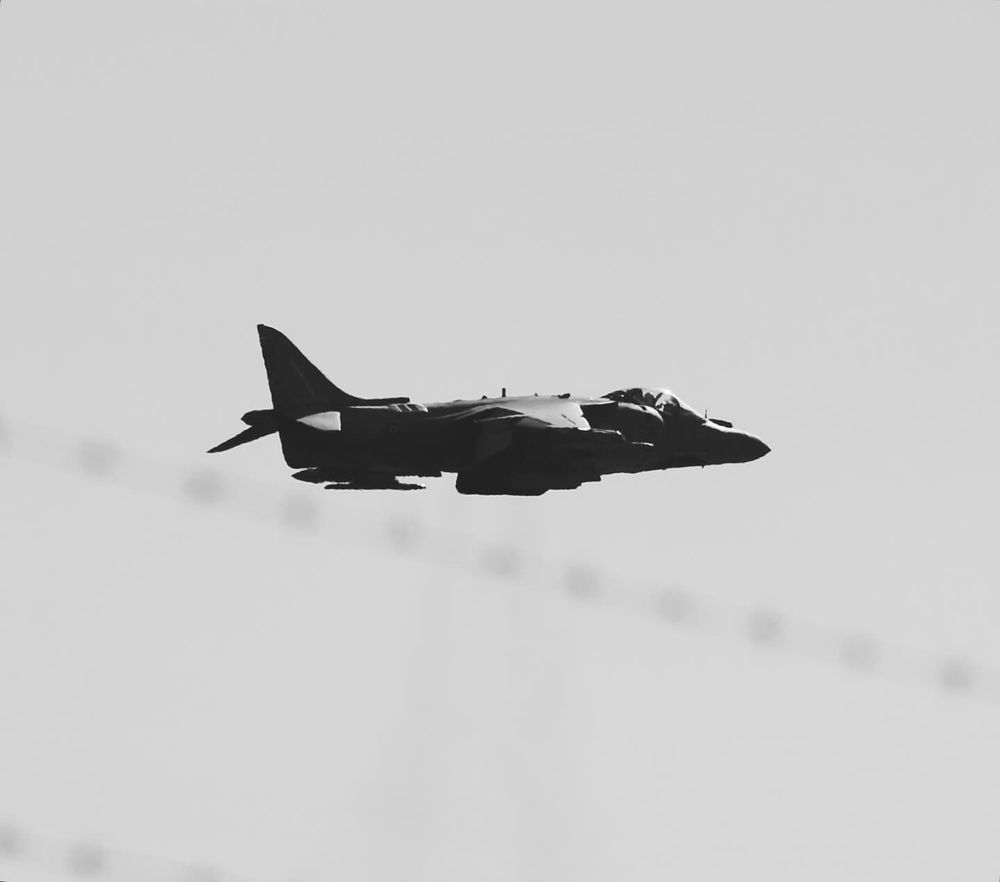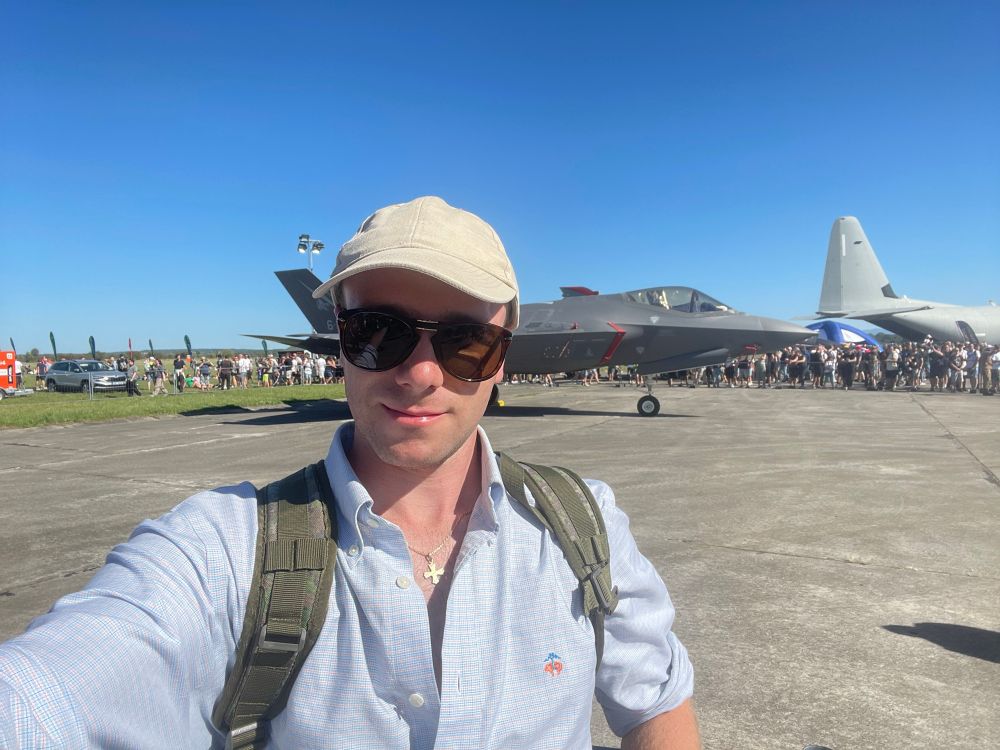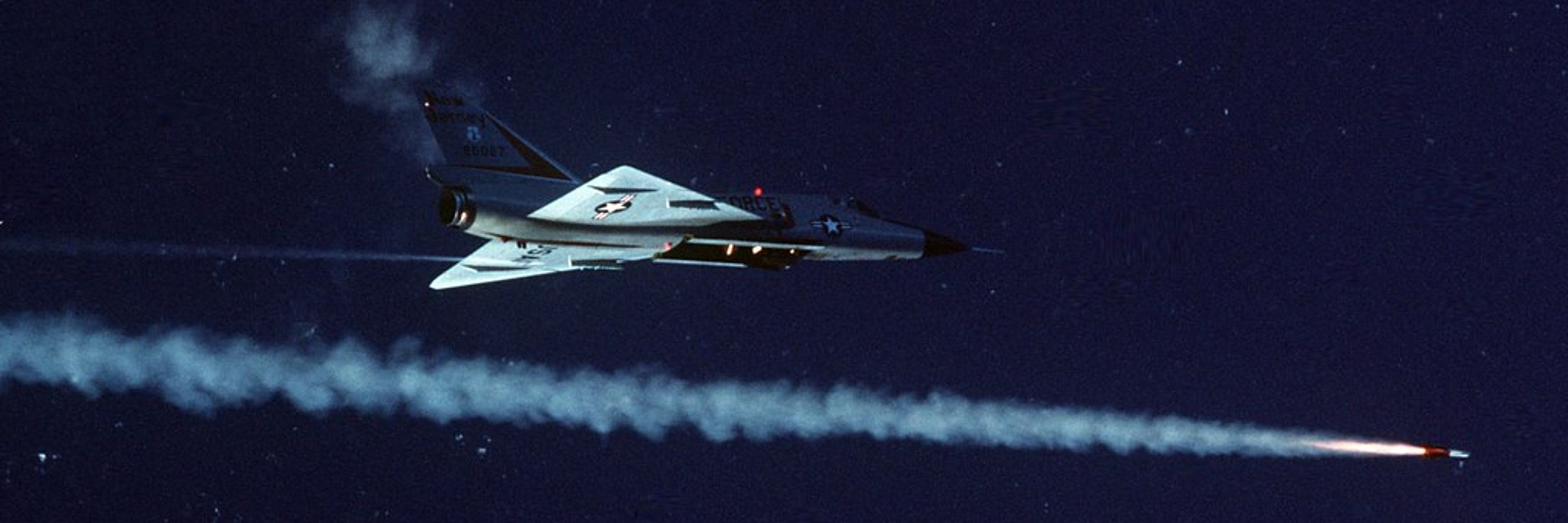
Matej Rafael Risko
@matejrisko.bsky.social
1.1K followers
960 following
540 posts
Researcher, focus on Nukes | Missiles | Deterrence | Strategy & Planning | War & International Security | Air Power | Wargames | Strictly personal views, Usual Cavetas
Igitur qui desiderat pacem praeparet bellum
Posts
Media
Videos
Starter Packs
🇱🇹 In Lithuania, a Russian Gerbera drone that entered from Belarus earlier this week has been found at the territory of the Gaižiūnai military training ground.
Reposted by Matej Rafael Risko
H I Sutton
@covertshores.bsky.social
· Aug 1
Chinese Submarine Makes First Visit to Russia for Joint Drills — USNI News
news.usni.org/2025/08/01/c...
news.usni.org/2025/08/01/c...

Chinese Submarine Makes First Visit to Russia for Joint Drills - USNI News
For the first time, a Chinese submarine deployed to the waters off Russia for a five-day joint exercise between the two countries. A People’s Liberation Army Navy (PLAN) submarine identified as Great ...
news.usni.org
Probably the first time that idle shitposting has resulted in concrete changes to an adversary’s nuclear posture.
